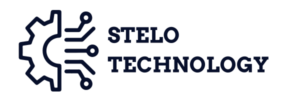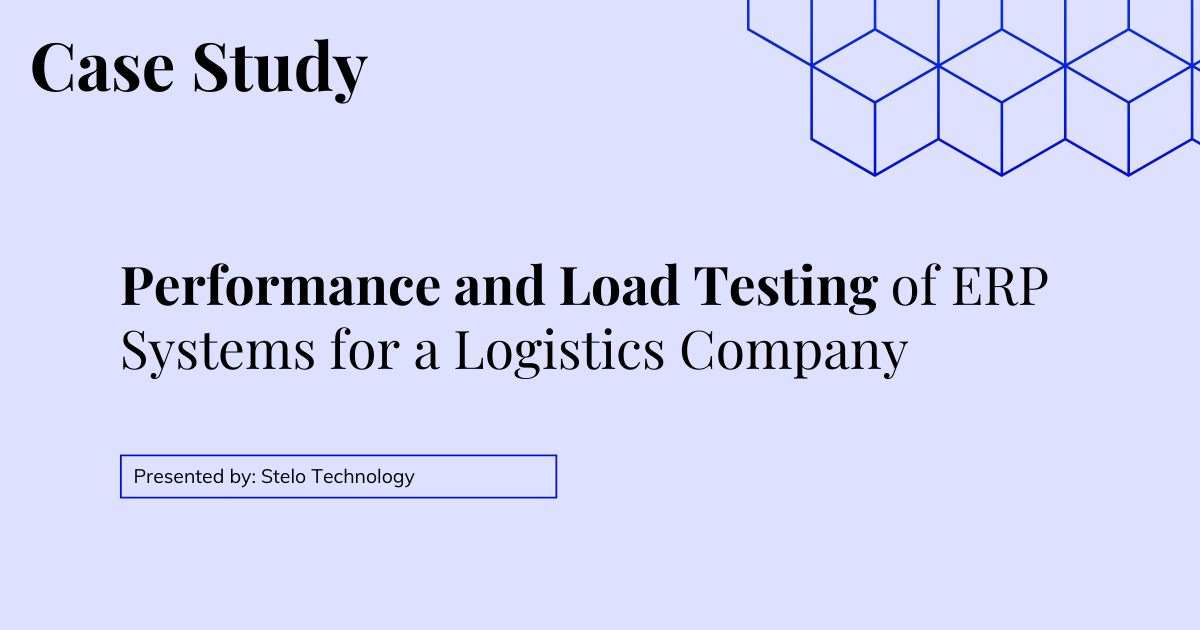Overview
A leading logistics company faced challenges with its Enterprise Resource Planning (ERP) system during peak operational periods. The ERP Load Testing for Logistics is crucial for managing day-to-day operations, showed signs of strain under high load conditions, leading to slow response times and operational delays. To address these issues, the company initiated a comprehensive performance and load testing project.
Objective of ERP Load Testing for Logistics
The primary objective was to evaluate the ERP system’s performance under varying load conditions to ensure it could handle peak operational demands efficiently without any disruptions.
Scope of the Project

The scope included conducting detailed load testing, stress testing, and performance benchmarking. The aim was to identify performance bottlenecks, optimize system configurations, and ensure the ERP system’s reliability and efficiency during high-demand periods.
Key Activities
- Define Performance Criteria: Established clear performance benchmarks and thresholds that the ERP system must meet, including response times and concurrent user load capacities.
- Simulate Peak Loads: Used advanced simulation tools to create real-world load scenarios that mimic peak operational times, such as end-of-month inventory reconciliations or high-volume order processing periods.
- Monitor System Response: Employed monitoring tools to track the ERP system’s performance under test conditions. Key metrics such as CPU usage, memory utilization, and response times were closely monitored.
- Analyze Performance Metrics: Data collected during testing phases was analyzed to identify any deviations from expected performance standards and pinpoint specific bottlenecks in the system.
- Optimize System Configurations: Based on the analysis, system configurations were adjusted, including hardware upgrades and software optimizations, to enhance overall system performance.
Ready to enhance your software quality and accelerate your time to market? Contact us today at sales@stelotechnology.com to request a customized quote for your business!
Challenges Faced
- Complex System Integration: The ERP system was highly integrated with other operational tools and systems, making isolation of performance issues challenging.
- Data Volume: Simulating real-world operational loads required handling vast amounts of data, which posed significant challenges in terms of data management and storage during testing.
- Change Management: Implementing changes based on testing results required careful coordination across various departments to minimize disruption to ongoing operations.
Solutions Implemented
- Enhanced Monitoring Tools: Improved monitoring tools were deployed to provide more granular insights into system performance and facilitate quicker identification of issues.
- Incremental Testing Approach: Instead of large-scale simultaneous testing, an incremental approach was adopted to gradually increase loads and implement changes, which helped in managing system stability.
- Stakeholder Engagement: Regular meetings with stakeholders were held to ensure alignment and smooth execution of necessary changes across departments.
Outcomes
- Increased System Robustness: The ERP system’s ability to handle peak loads improved significantly, evidenced by enhanced stress handling capacities and reduced system downtimes.
- Improved Response Times: Optimizations and upgrades led to a marked improvement in transaction processing speeds and system response times.
- Operational Continuity: The company achieved its goal of ensuring operational continuity during high-demand periods, leading to increased customer satisfaction and reduced operational risks.
Conclusion
The performance and load testing of the ERP system provided the logistics company with crucial insights and improvements, directly impacting its operational efficiency and reliability. The project not only resolved immediate performance issues but also set the stage for ongoing improvements and upgrades, ensuring the ERP system could grow alongside the company’s evolving needs.


